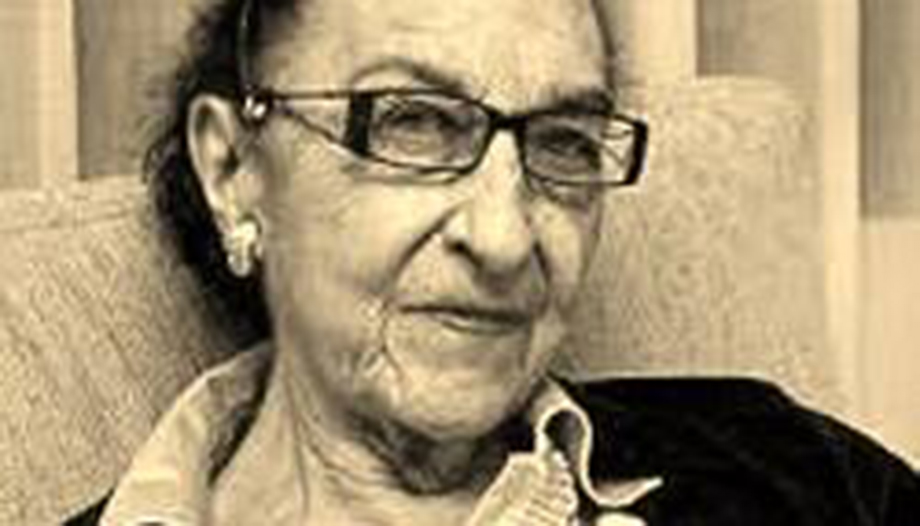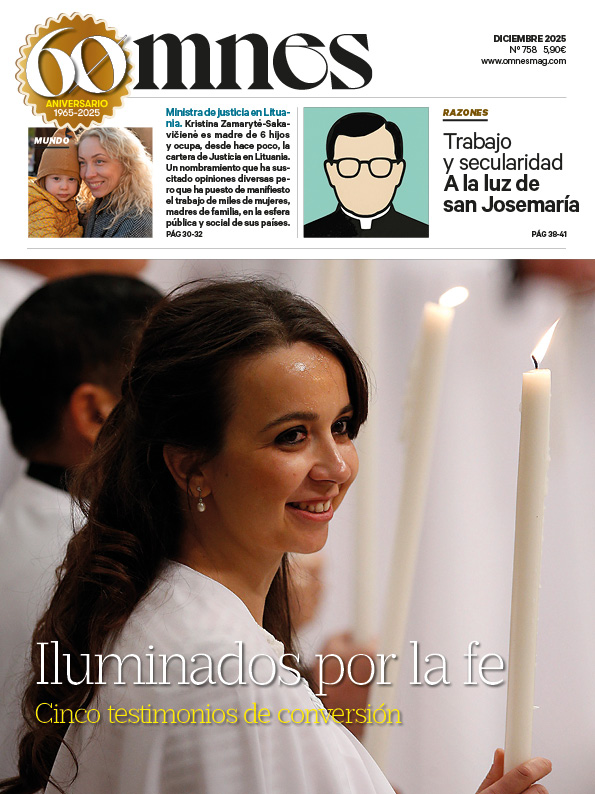María Alicia Crespí González (1922-2012) was a pioneer in the field of Chemical Engineering and the first woman to hold the position of professor in a Higher Technical School in Spain.
Born in Pontevedra, she came from a family of illustrious academics and studied at the Doroteas Sisters of Pontevedra. She completed her studies in Chemistry in Santiago and completed her doctoral thesis in Chemical Engineering at the Faculty of Sciences.
After her doctorate she began to excel at Piritas Españolas of the National Institute of Industry, where she eventually became head of the Procedures Section of the Industrial Research Division.
Her tireless desire for economic independence led her to make her way in the scientific world. From 1957 to 1984, she led research and projects at the Nuclear Energy Board, now CIEMAT, with a focus on the prevention of contamination at nuclear facilities.
In 1975, she reached a crucial milestone when she obtained the chair of Electrical Engineering at the Madrid School of Architecture, becoming the first professor of a Higher Technical School in Spain. She also stood out for her lighting and environmental conditioning projects for emblematic places such as the Louvre and the Prado, as well as being a professor at the School of Commerce in Ciudad Real.
Throughout her life, María Alicia organized symposia, wrote numerous papers and directed the Seminar on Environmental Conditioning of Museums at the Museum of Pontevedra, where she wanted to leave her legacy. Passionate about culture in all its expressions, she enjoyed music, fine arts and archeology.
She was also happily married to Ángel González Ferrero, to whom she bequeathed part of her fortune and the other to cultural institutions, the Provincial Museum of Pontevedra and Catholic entities such as Caritas and the Congregation of Religious of Santa Dorotea, where she was educated. The latter is explained by the fact that she maintained a close relationship with this religious congregation, especially with Sister Milagros Ramiro, her spiritual mother whom she used to visit in Pontevedra.
Public University of Navarra.
Society of Catholic Scientists of Spain







